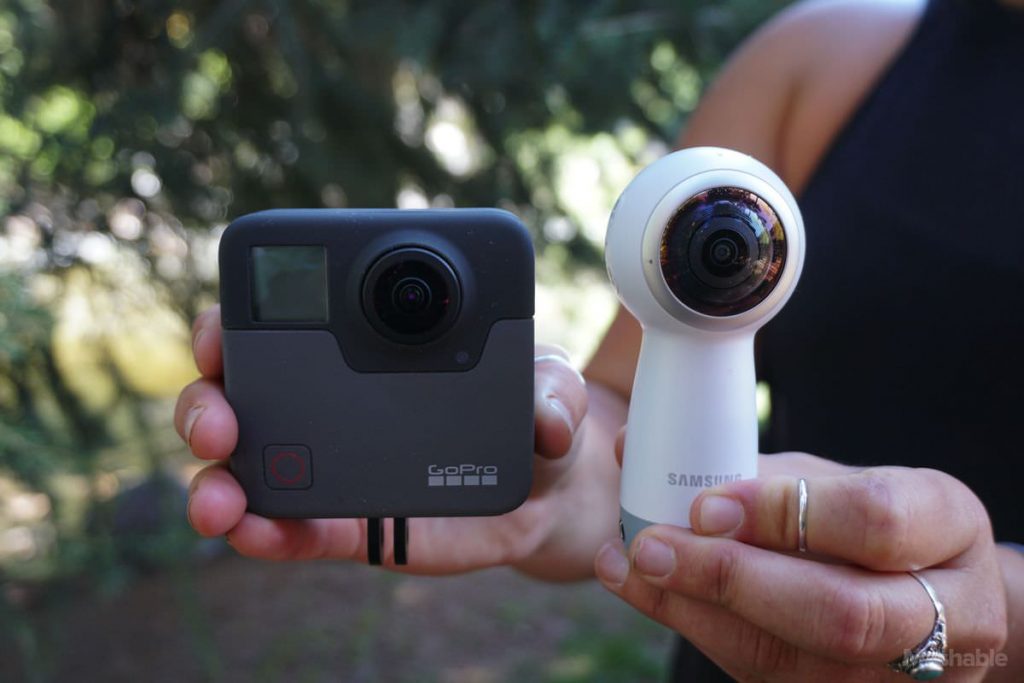Journalism hasn’t changed much throughout the years — all until VR (Virtual Reality) stepped into the game. In traditional journalism, an event happens you pick up your notebook, slam the doors down in your media van, and rush to the place of the scene. You talk to witnesses, conduct a few interviews, and check the surroundings. The cameraman follows you in every way as the second pair of eyes and ears. This has been done the same way for decades.
With the arrival of 360˚ videos and Cinematic VR, you are able to bring the stories much closer to your audience. With a spherical/360 camera, you will capture the video of the real-world footage. Journalists across the world are now embracing virtual reality as a new way to engage audiences. Consequently, they are encouraging emotional connections between viewers and the people in their stories. Journalism is changing.
Start your free trial of Viar360!
Journalism is there to inform and ultimately changes the way the world is perceived. Since the medium such as VR can enhance the engagement and empathy far more than a newspaper article or traditional footage.
Which News Companies have embraced VR?
One of the most known one is New York Times. With their own app NYTVR and their awesome promo stunt, where they distributed over 1-million Google cardboards, NYT is delivering 360 news to their readers through their phones. “The Displaced” gave viewers a close look tot he lives of three children who represented more than 30 million refugee children across the world. With such a low-priced viewing tool such as Google Cardboard and a powerful storytelling medium, this type of journalism is made to reach a larger market.
New York Times aren’t the only one making good content. RYOT (a Los Angeles-based production company) has been acquired by Huffington Post is serving their master in a similar way. They have their own app through which viewers can consume 360 content. RYOT also helped the Associated Press last year. The Guardian’s first VR project, 6×9 put the viewers into solitary confinement and BBC made viewers witness the 1916 uprising in the streets of Dublin. In Addition there is also the Economist and Washington Post.
Therefore, New York Times is betting on VR Journalism to take off. Sam Dolnick, the editor of New York Times said:
“The Times is always trying to innovate and discover new ways of telling stories and uncovering the World.” — Sam Dolnick
Why should you leverage VR Journalism?
The Journalistic goal is to bring a reader/viewer into space and tell a great story. VR has the ability to take the reader into the location itself, witness an event and see the place through their own eyes. As a storyteller, you do have to be careful and you should always ask yourself — “how will this affect the viewer”.
VR can tell only certain type of stories. It seems like every newsroom, sports video centers, marketing agency is trying to bring in and sell VR. VR journalism will be applied in numerous ways but it won’t replace TV, print or radio. In fact, VR can show you an immersive world and bring you closer to the location, but it won’t give you enough context if you’re not familiar with the story background.
How to get into VR Journalism?
Jenna Pirog suggests to pick up one of the lower price cameras such as Ricoh Theta S or Gear360 and just start experimenting.
You will find tons of tips, tricks, and suggestions which are a good read, but I would advise you to just experiment and allow yourself to make mistakes. Keep creating great content, the better the content is the better we all are. As a journalist who wants to get into a VR and 360˚ production, you’re an early adopter. Make mistakes and learn from them. Then create something amazing. If you’ve read this far, consider checking out the case study online news media did for short VR documentary.
“Journalism is a magic carpet that can take you to places you have never been and to experiences that many other people can never have. Enjoy the ride.” — Caryl Rivers



